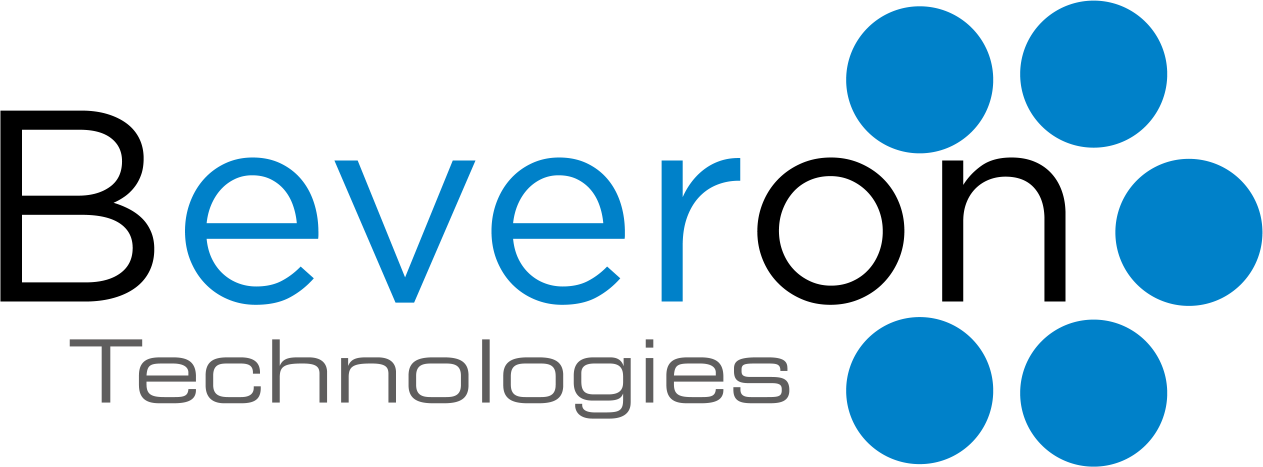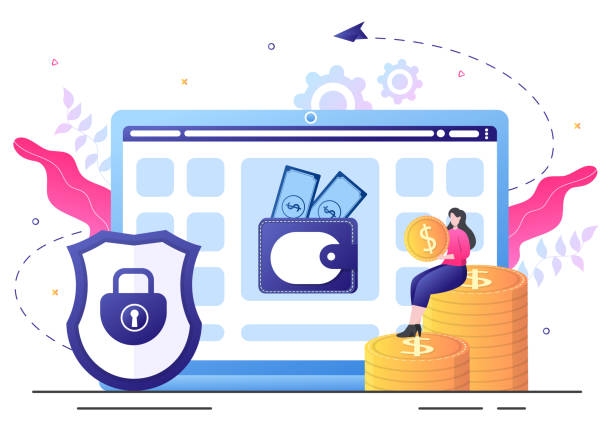

Beveron Smart Debt Collection is the leading debt collection reporting tool in Turkey, offering real...

Smart Debt Collection by Beveron is the leading debt collection reporting tool in Thailand, offering...

Beveron Smart Debt Collection is the leading debt collection reporting tool in Tanzania, offering au...

Today there is hardly any industry on earth that hasnot been powerfully disrupted by technology. For some organizations, this disruption has proved to be very beneficial, and they have emerged on the other side leaner, healthier, and ready for the future with a wider smile and a more customer centric attitude.
Though retail banking is one of the industries that has whole-heartedly embraced digital transformation, the debt collections sector still has a lot of catching up to do. But the future looks bright. The average debtor today, carries multiple obligations and uses much more channels than ever before to organize and repay their debts. Crucially, they also prefer to resolve debts on their own terms.
There is something to be said for the autonomy and the agency that digital payment solutions have afforded debtors. The ability to settle their debts quickly through an app takes much of the shame and stigma away from the process. This is particularly relevant in a society where 95% of the population have owned and operated a mobile phone from the last decade.
Indeed, with the proliferation of smartphones and the app-based finance culture catalyzed, most millennials don’t see self-service smartphone solutions simply as a gimmick but as a necessity. They expect mobile app interfaces to be a part of the collections process and they expect AI to be applied to these apps so that everything runs more smoothly. This is the era of the collaborative consumer, and they are a generation that demands a certain standard of customer service along with their digital conveniences.
By design, new and emerging technologies, both enable as well as limit collaborative consumption. Now, the question arises – With the retail banking sector spending billions on digital transformation from 2017 onwards (that’s expected to grow at a CAGR of around 25% by 2025), why is the collections sector holding back? The CEB technology adoption and investment survey found that of the executives asked, only 31% had already implemented collections technology, whilst 21% had no intention of implementing it and 19% were still sitting on the fence, ‘unsure’.The same study also found that only 8% of the executives believed technology had a high value when it came to keeping up with competitors, which shows that either they have their blinders on, or they are wary of the fact that business models succeeding in this environment depends on the behavior of consumers in response to the technology that connects them. In short, the technology needs to be ‘right’ but there are already plenty of solutions on the market, with Beveron’s Smart Debt Collection suite particularly equipped with the tools to help promote better customer service.
So, what does this bold new tech-focused world look like for collaborative consumers and collectors alike? In the new digital era, it’s all about using digital tools and technologies to streamline and simplify the process in a manner that disrupts it just enough to make a significant difference but not so much as to throw the baby out with the bathwater!Today’s debtors like helping themselves using self-service collections tools that are both web-based and app-based and are based around the same centralized system.
Through tools like Smart Debt Collection, they will be able to find information on their various debts, propose solutions, and, of course, sort payments at their 24/7 convenience in a format that gives them complete control. Modern debtors also want to engage with collectors only when they feel they’re completely ready. This is reflected in the increasingly poor success rate by using traditional high-pressure and potentially alienating tactics such as cold calling and using passive aggression. This new techno-centric world is also one in which absolutely no customer is unreachable due to several channels through which they can be reached (and conversely, they too can reach you!) and one in which Artificial Intelligence is used to not only focus field collection routes to maximize recovery, but also to increase the performance of call center agents.Technology-based debt recoveries can be maximized by using chatbots that recognize complex requests and offer an immediate answer, and through the utilization and analysis of customer data which means human operatives can predict customer behavior and know the right things to say and, more importantly, when to say them.
Generally speaking, it’s now a world where collections agents don’t work against the customer but work with (and for) the customer and this is a world where customer loyalty automatically increases, complaints and pressurizing tactics begin to vanish, and promises of repayment are honored. Indeed, according to market research done in the recoveries sector, investing in the same kind of debt collections technology being utilized by retail banks will lead to a 75% “kept promise” ratio and a 30% decrease in customer complaints. The research also found that those institutions that had spent exponentially more on IT solutions had achieved a substantially larger CAGR (Compound Annual Growth Rate) over the last 5 years, than those that had not.
The potential ROI of implementing the already market-ready self-service portals and predictive and prescriptive analysis alone is reason enough for collection agencies sitting on the fence, to take that one bold step forward into the digital future. And with over 55% of customers preferring a self-service solution and over 20% preferring to resolve their debt during out-of-business hours, digital debt collection has never been more necessary for agencies looking to increase collection rates and efficiency while simultaneously maintaining (and possibly enhancing!) customer satisfaction.By adapting their collections strategies around progressive new tech trends, collectors are gradually but surely doubling down on their commitment towards providing quality customer service and are giving the profession a more approachable and relatable (read: human) face in the process.
Ultimately, technology is just a tool and when it comes to debt collections, it’s a tool that is increasingly being used to facilitate warmer relationships between collectors and debtors. In an industry that has historically suffered from negative press and sour (and quite often acrimonious!) creditor-debtor relationships, the adoption of tech is slowly proving to be a lifeline – i.e., a chance for the collections industry to shake its bad-boy image and reinvent the narrative surrounding collections culture.